The transition to a circular economy, based on recycling, reuse of materials, waste reduction and use of renewable energy, could reduce the extraction of virgin material by 34%. and greenhouse gas emissions, helping to keep global temperature increases to within 2°C. However, data shows that globally the circularity rate dropped from 9.8% in 2018 to 7.2% in 2023 and remains stable for this year. In Italy, however, performances are positive, with the country confirming itself as a leader in circularity compared to France, Germany, Poland and Spain.
The action plan of the European Union and Italy, to support companies that want to adopt a circular economy, includes various incentives in the form of non-repayable contributions.
Examples of this support are the 1.5 billion euro ceiling of the PNRR and the regional tenders active in Lombardy, Emilia-Romagna and Veneto.
Lombardy Region concessions
Since 7.05.2024, the Lombardy Region desk has been active to support SMEs in the textile and plastic supply chains that invest in circular economy and sustainability projects. With a budget of 5 million euros, within the PR ERDF program 2021-2027, the measure aims to reduce and improve waste management in the plastic and textile supply chains, in line with the Regional Waste Management Programme.
The benefit, in regime de minimis, consists of a non-repayable contribution up to 50% of eligible expenses, with a maximum of 300,000 euros. Costs of at least 50,000 euros are eligible. The contribution can rise to 60% for particularly successful projects, with results exceeding those expected in the application. Circular economy and sustainability projects can be facilitated for all phases of the life cycle of the plastic and textile supply chains: procurement, design, production, distribution, use, collection and end of life.
Examples of circular economy included among the eligible expenses include:
- actions to reuse end-of-life packaging;
- changes to production lines to create products/packaging with fewer raw materials or to reduce or reuse waste;
- innovative and scalable projects for the recycling of plastic waste, compostable bioplastics and textiles.
Applications can be submitted until 06.18.2024.
Concessions for the Veneto Region
The Veneto Region has allocated around 7 million euros to local SMEs involved in the transition towards a circular economy.
The call is part of the PR FESR 2021 – 2027 (Regional Program of the European Regional Development Fund) and aims to promote the efficient reuse of resources and support the production processes of SMEs.
Until 07.18.2024, you can request non-repayable contributions up to 70% of expenses incurred to optimize production and reduce waste, which can be cumulated with investment tax credits 4.0 or 5.0 (in an alternative way).
Contributions vary depending on the aid scheme:
- Regime “de minimis”: non-repayable contribution up to 70% of eligible expenditure, with a maximum of 210,000 euros;
- Regime 651/2014: non-repayable contribution of up to 55% (up to 1,100,000 euros) for small businesses and up to 45% (up to 900,000 euros) for medium-sized businesses.
They are subsidized investments For:
- modify products and packaging for greater durability and recyclability;
- modify production plants, replacing raw materials or additives with authorized waste, End of Waste, or by-products;
- modify the production cycle and supply chain to improve efficiency and reduce consumption and waste;
- create synergies with other production activities to prevent the production of waste and create a supply chain of by-products.
Concessions for the Emilia-Romagna Region
The Emilia-Romagna Region has published the Ecological Transition and Circular Economy 2024 call, aimed at small and medium-sized businesses in the area committed to sustainability through waste reduction, reuse of materials and recycling.
The measure provides for an allocation of 7 million euros, financed with resources from the PR Fesr 2021/2027, for the strengthening of waste treatment and recycling plants or the construction of new plants. The benefit consists of a non-repayable contribution up to 60% of the cost of the investment for new plants or for the upgrading of existing plants intended for the treatment and recycling of waste of any type and their transformation into “secondary raw material”.
Investments must be started from the date of submission of the subsidy application and concluded by 06.30.2026 to be eligible.
The amount of the subsidy for circular economy projects varies depending on the regime chosen:
- Regime “de minimis”: maximum contribution of 300,000 euros;
- Exemption regime art. 47 reg. EU no. 651/2014: maximum contribution of: 300,000 euros for recycling capacity less than 5,000 T/year; 500,000 euros for a recycling capacity of at least 5,000 T/year; 1,000,000 euros for a recycling capacity of at least 10,000 T/year; 2,000,000 euros for a recycling capacity of at least 20,000 T/year.
Applications for relief from the circular economy tender can be submitted until 05.21.2024.






